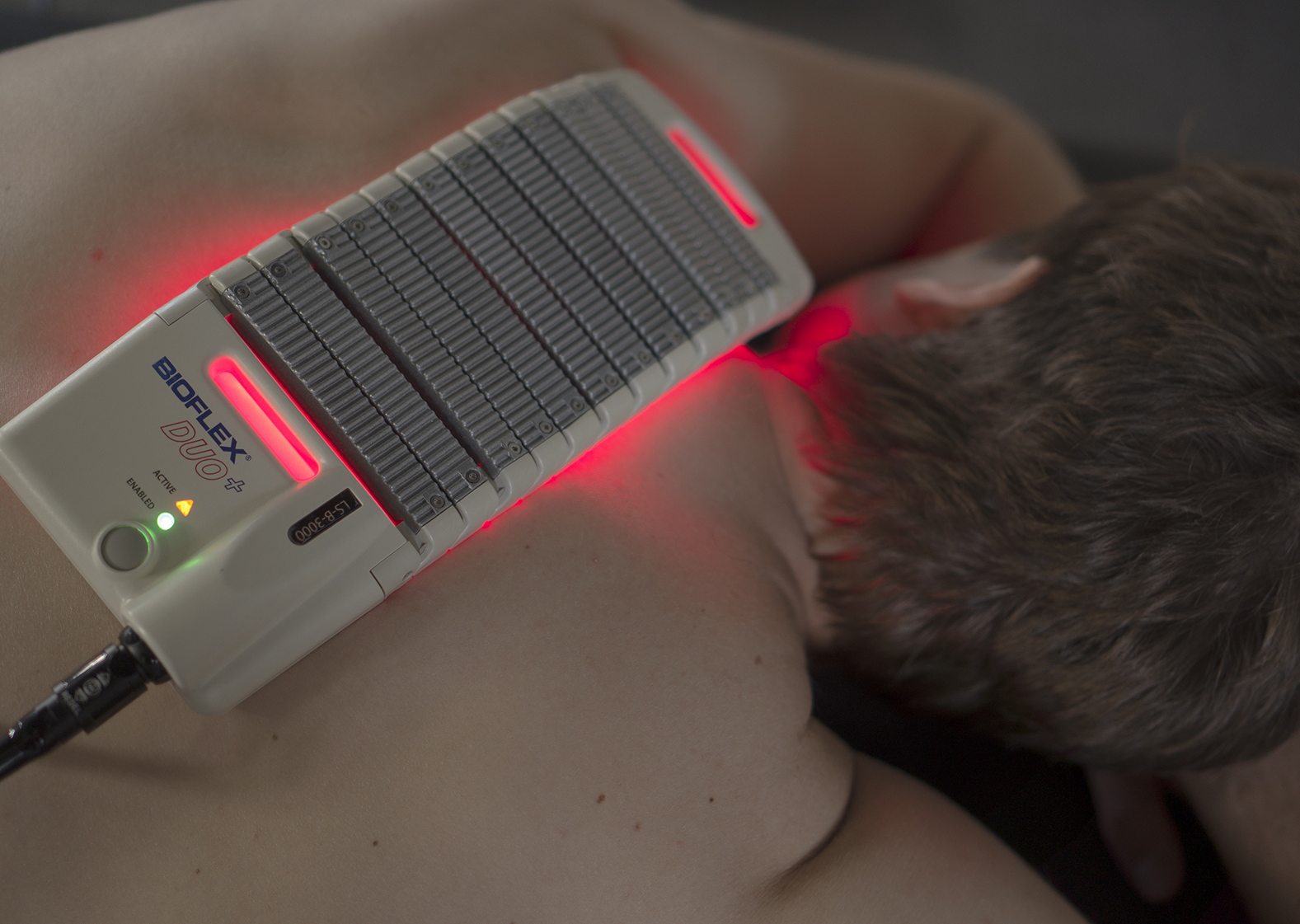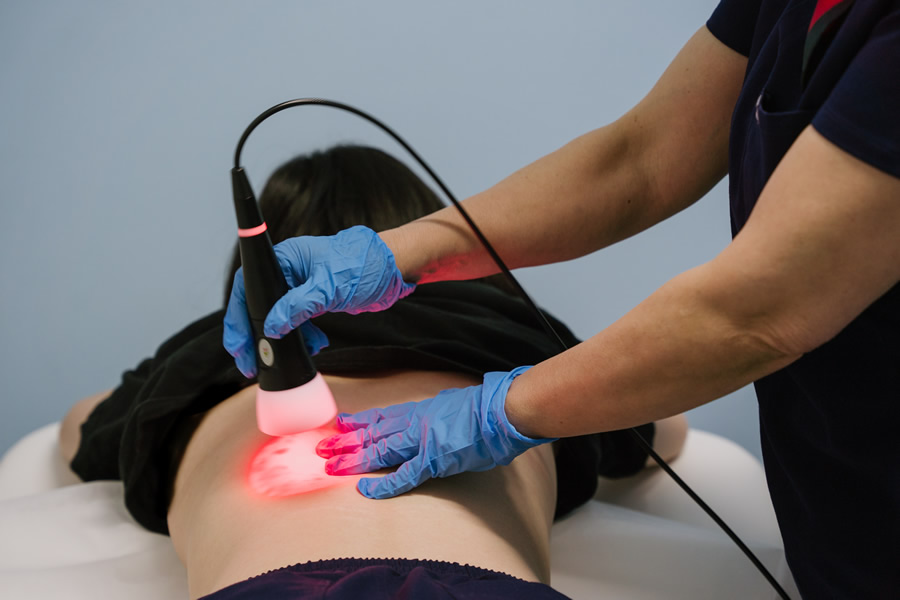Laser Therapy
Laser Therapy

LASER TECHNOLOGY-

Laser Therapy
Laser therapy, also known as low-level laser therapy (LLLT) or photobiomodulation, is a non-invasive medical treatment that uses low-power lasers or light-emitting diodes (LEDs) to stimulate cellular activity and promote tissue repair.
During laser therapy, a handheld device emits a beam of light that penetrates the skin and is absorbed by cells in the target area. The light energy triggers a series of biochemical reactions that promote the production of adenosine triphosphate (ATP), a molecule that cells use to store and transport energy. This increased ATP production can help speed up cellular metabolism, improve blood flow, and enhance the healing process.
Laser therapy has been shown to be effective in treating a variety of conditions, including chronic pain, arthritis, neuropathy, and musculoskeletal injuries. It is also used in cosmetic procedures to promote skin rejuvenation and reduce the appearance of scars and stretch marks.
One of the main advantages of laser therapy is that it is non-invasive and does not require any incisions or injections. It is also relatively painless and does not have any significant side effects. Laser therapy sessions typically last between 5 and 30 minutes, and the number of treatments required varies depending on the condition being treated.
While laser therapy has been shown to be effective in many cases, it is important to note that it may not be suitable for everyone. Patients with certain medical conditions, such as epilepsy or cancer, may not be good candidates for laser therapy. It is always recommended to consult with a qualified medical professional before undergoing any type of medical treatment.

